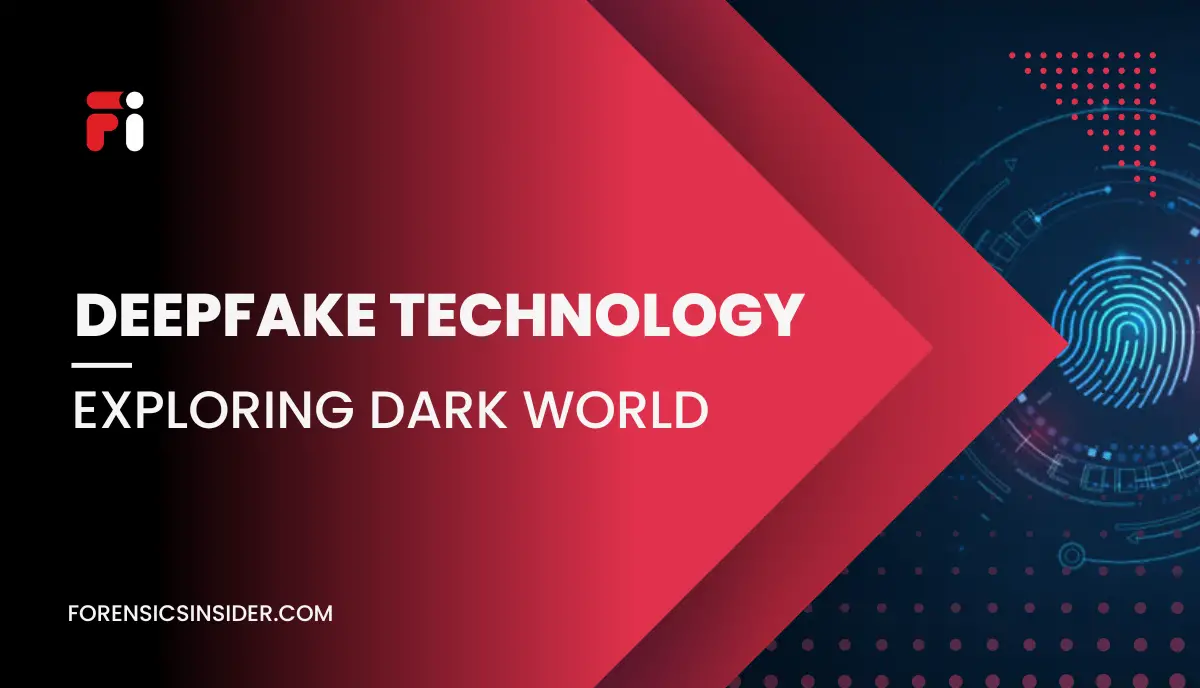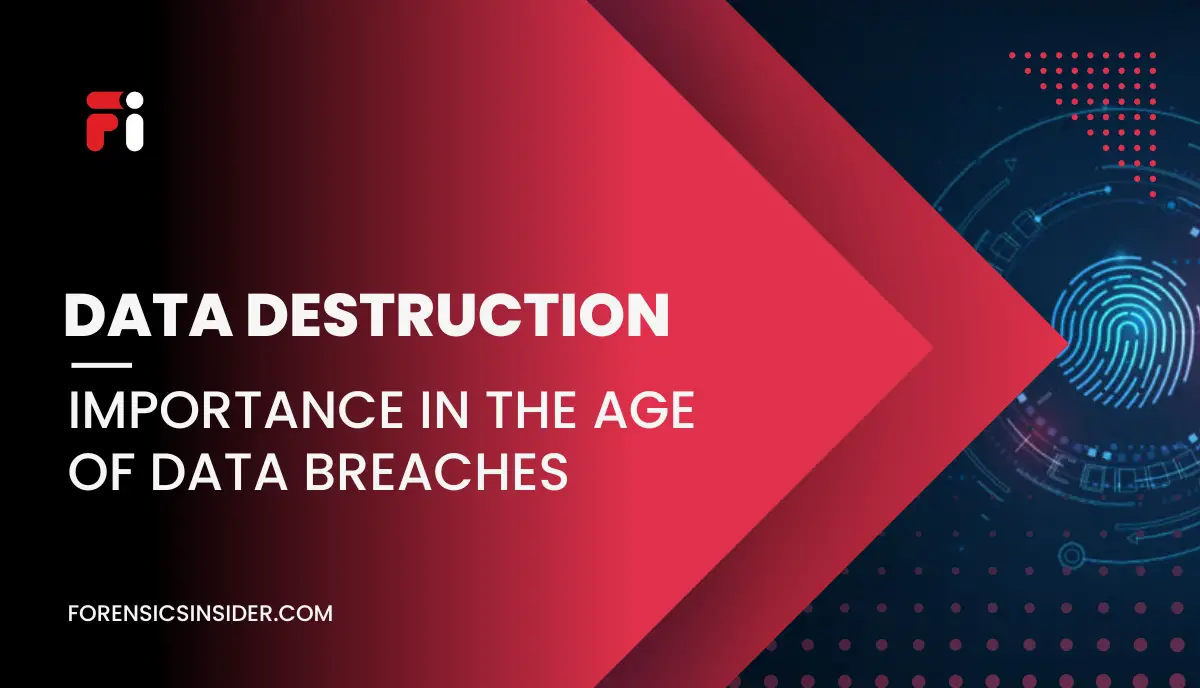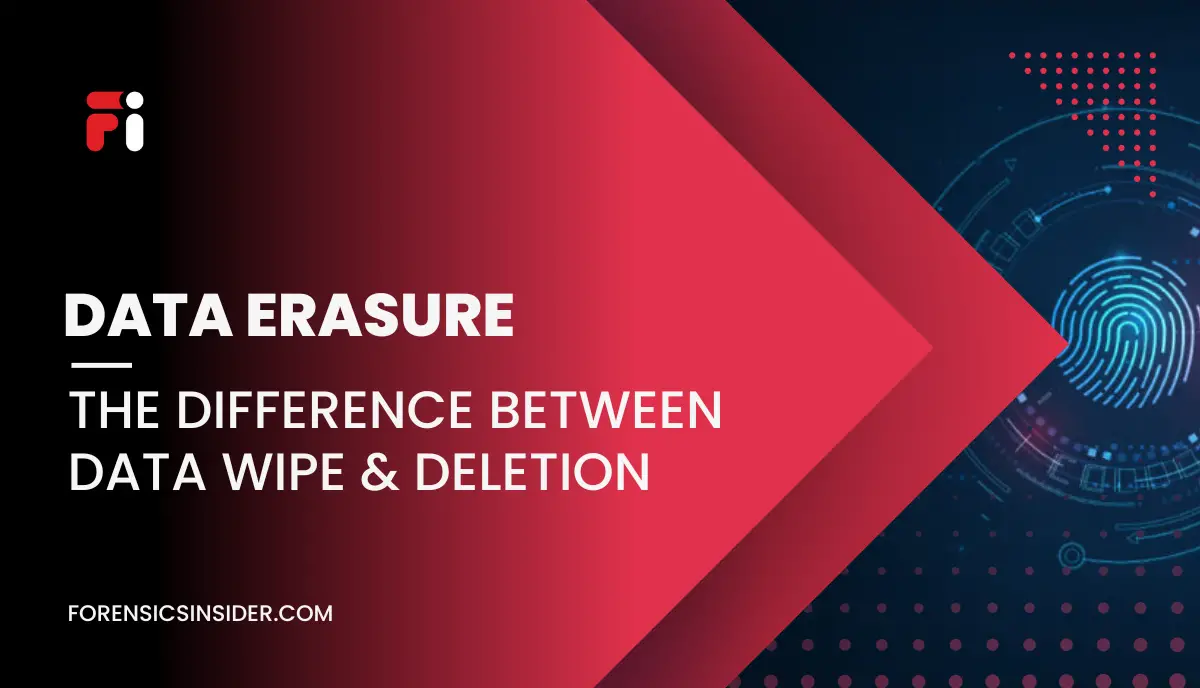What is Deepfake technology? A type of artificial intelligence (AI) that allows users to manipulate audio and video content to create hyper-realistic, yet fabricated, media. This technology has advanced rapidly over the last few years, allowing for the creation of highly convincing fake videos and audio recordings. While deepfake technology can be used for entertainment purposes, its implications for the spread of misinformation and the invasion of privacy are of significant concern. In this article, we’ll explore what is deepfake technology, its uses, and its potential risks and benefits.
What is Deepfake Technology?
Deepfake technology is a type of AI that utilizes deep learning algorithms to manipulate video and audio content. Deep learning is a type of machine learning that uses artificial neural networks to process data and improve performance over time. This technology can create hyper-realistic videos by training machine learning algorithms on large datasets of actual footage to generate new videos.
How Does Deepfake Technology Work?
Deepfake technology works by using machine learning algorithms to analyze and synthesize existing audio and video content. These algorithms can then manipulate the content to create new, fabricated media that is almost indistinguishable from real media. The algorithms work by breaking down the original content into small components and then manipulating those components to create new content.
Applications of Deepfake Technology
Deepfake technology has a range of applications, including entertainment, advertising, and news media. In the entertainment industry, deepfake technology has been used to create hyper-realistic scenes and special effects in movies and television shows. In advertising, deepfake technology can be used to create more personalized and targeted ads that appeal to specific audiences.
However, the use of deep fake technology in the news media has raised significant concerns. The ability to create convincing fake videos and audio recordings has implications for the spread of misinformation, political manipulation, and the invasion of privacy.
Positive And Negative Aspects of Deepfake Technology
As we all know that every good comes with bad so is technology. Deepfake technology has both good and evil sides. It totally depends upon the user’s intention. Here are some positive and negative impacts of deep fake technology.
Positive Aspects
- Entertainment and Media Production: It can be used to create realistic special effects in movies and TV shows. It can enhance the quality of entertainment. The technology can also be used to create music videos, advertisements, and other media content.
- Education and Research: It is use to create realistic simulations for training purposes. For example, medical students can use it to practice surgical procedures on a virtual patient.
- Social and Political Awareness: It use to create awareness about social and political issues. For example, a deepfake video create to raise awareness about climate change or other global issues.
- Historical Preservation: Deep fake technology is use to recreate historical events or characters in a more realistic and engaging manner. This can help people to better understand and appreciate history.
Negative Aspects
- Misinformation and Deception: It is used to produce audio or video recordings or videos that mimic the real thing while being phony. This has the potential to sway public opinion and disseminate incorrect information.
- Cyberbullying and Harassment: It is used to create fake pornographic content or other forms of non-consensual sexual content. This is used to harass or blackmail individuals.
- Threat to Privacy: It violate an individual’s privacy. For example, creating a deepfake video using someone else’s image without their consent.
- Criminal Activities: It uses in the cases of fraud or identity theft, which are prohibited. For instance, it is possible to mimic someone and commit a crime by making a convincingly falsified audio or video recording.
Risks and Challenges of Deepfake Technology
The risks and challenges of deep fake technology are numerous, including
- Misinformation: It is possible to spread misleading information and cause confusion using audio and video recordings that are profoundly fake. It is possible to fabricate news reports or stage videos of famous people using these videos, leading to misinformation and a lack of confidence in the media and government.
- Political manipulation: It is possible to influence political campaigns and results using deepfake films and recordings. Deepfake technology allows for the fabrication of phony movies and audio recordings of political figures in order to alter public opinion and rig election outcomes.
- Privacy violations: There are serious privacy violations and emotional distress associated with deepfake videos and audio recordings. You can use them to create pornographic videos or to blackmail someone.
- Cybersecurity Risks: By embedding malicious code into fake videos and audio recordings, deepfakes can spread malware and launch cyberattacks.
Detecting Deepfake Technology
Detecting what is deepfake technology is a challenging task, as these videos and audio recordings can be highly convincing. However, several ways to spot what is deepfake technology include:
- Look for inconsistencies in facial movements: Deepfake videos often have unnatural facial expressions or gestures that don’t quite match up with the rest of the body or voice.
- Listen for irregularities in the person’s voice: Deepfake videos and audio recordings may not accurately capture the nuances of a person’s voice, resulting in a robotic or synthesized-sounding voice.
- Check for subtle glitches or distortions: Deepfake videos and audio recordings may have subtle glitches or distortions in the image or sound that can give them away.
- Use digital forensic tools: There are various digital forensic tools and software available that can help analyze video footage and audio recordings and detect signs of manipulation.
Conclusion
In conclusion, Deepfake technology has the potential to revolutionize the entertainment and advertising industries, but it also poses significant risks. We hope that you will get your answer on what is deepfake technology. This article includes the best of its knowledge about deepfake technology. It is important to understand the technology properly and use it effectively





